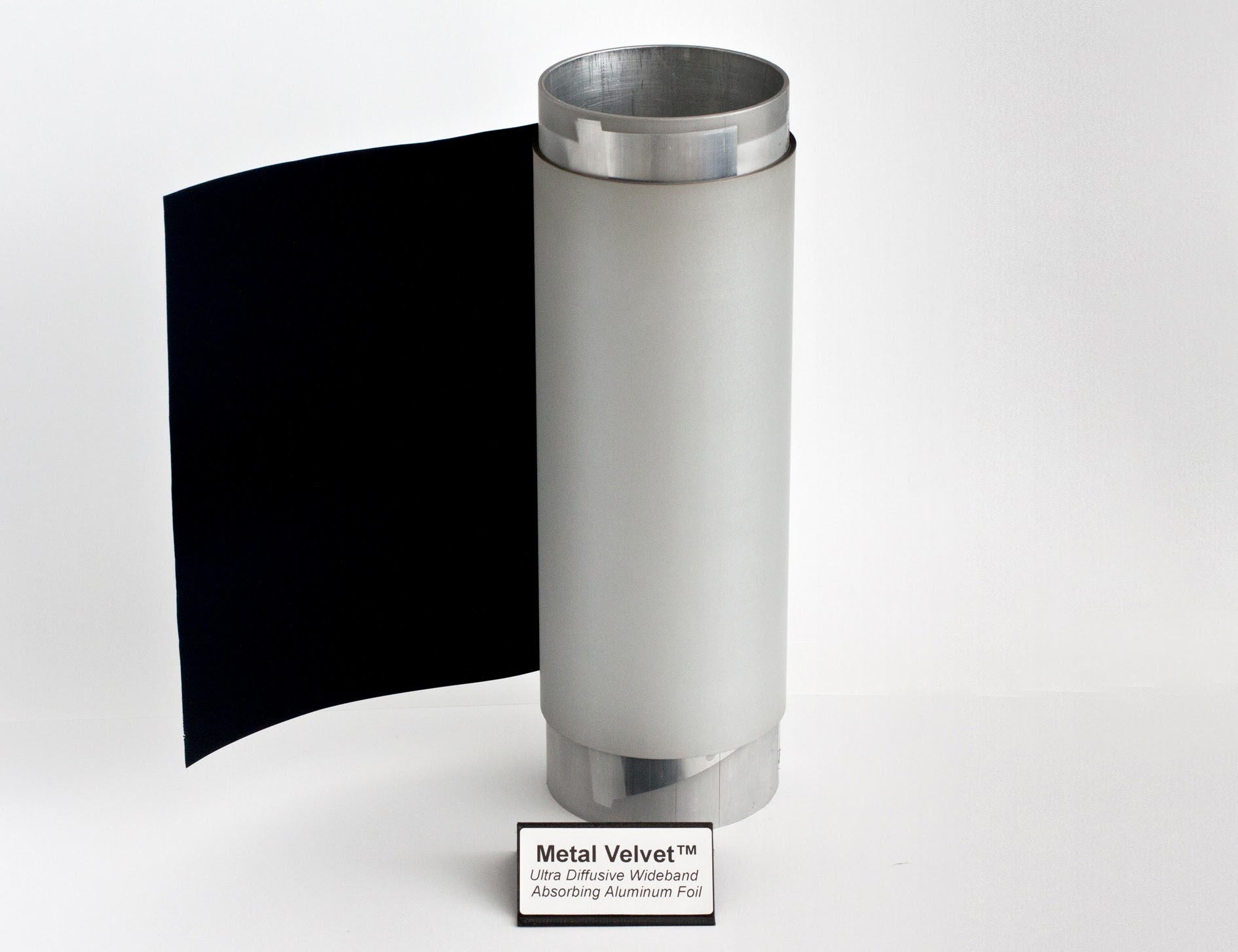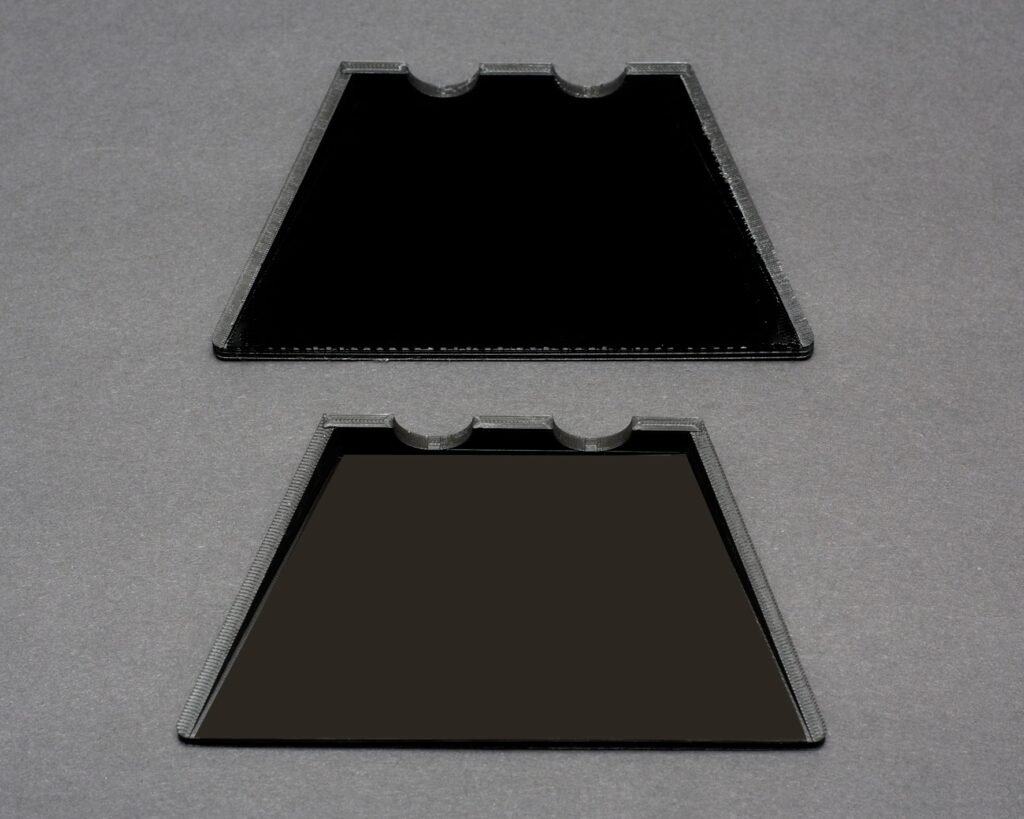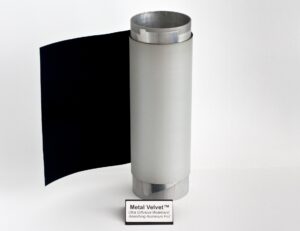Anti reflection Film – The Best Solution to Glare on Reflective Surface

What is an Anti-Reflection Film?
Anti-reflection film is a type of optical coating that minimizes reflection when placed on surfaces of optical materials such as lenses. This anti-reflection coating often appears as a transparent thin film with contrasting refractive index layers.
The Purpose of Anti-reflection Film
Reducing the overall reflection properties of an optical material has many subsequent benefits. Anti-reflection films increase the efficiency of imaging systems, as there is minimal light lost due to reflection. The contrast and accuracy of images also improve after applying anti-reflection film, especially on complex optical systems like astronomy equipment, as stray light is reduced or eliminated. On eyeglasses or optical materials such as binoculars, anti-reflection film can decrease glint and increase cosmetic appearances. In addition, anti-reflection lenses often also have a coating that resists water and grease, aiding the cleaning process.
How Does an Anti-reflective Film Remove Reflected Light?
The contrasting layered film used to create anti-reflective properties come in a range of sizes that define the film’s performance. These layered films block beams being reflected from the interfaces and interfere positively with any corresponding transmitted beams. It’s critical to define a wavelength range when requesting and constructing a coating, although top-notch optical performances can be produced through many frequencies. The most common frequency choices are Infrared (IR), visible, and Ultraviolet (UV). For all Coated Black Foils & Films products click here

Uses for Anti-reflection Film
The products which utilize anti-reflection film are constantly multiplying and can be found both in the scientific and commercial world. The following provides a small sample:
- Telescopes and microscopes
- Planetary astronomy
- Eyeglass lenses
- Binoculars
- Corrective lenses
- Microelectronic photolithography
- Screen protectors
- Other glass surfaces and displays
Are Anti-glare Films and Anti-reflective Films The Same?
No, while anti-glare and anti-reflective films hold similar properties, they are not the same!
For anti-glare products, diffusion properties break apart the reflected light off of surfaces. Diffusion blurs the reflected image and thus decreases its intrusion with the desired image. For anti-reflective films, diffusion also occurs, but it is applied to both the internal and external light waves, counteracting all light transmitted through the underlayer. In less technical terms, anti-glare coatings diffuse particles on the surface and are usually visible to the human eye, whereas anti-reflective coatings are invisible to the human eye and utilize film structures on top of the surface.

Do Anti-reflective Coatings Scratch or Wear Off Easily?
It is possible for anti-reflective coatings to scratch and distort, although these scratches are usually surface level rather than deep into the product. The reason for these scratches is that the anti-reflective coatings are often softer and thinner than the plastic or glass underneath, allowing for more damage. However, there are many ways to protect your products from quality reduction.
Step number 1:
Only clean your products with suitable materials! Do not use tissue paper, paper towels, hard washcloths, Kleenex, or alcohol-based soaps. These supplies will wear down your surface coating. Instead, use lens cleaning cloths. If you do not have access to a lens cleaning cloth, the next best option is to use an old soft cotton shirt.
Step number 2:
Do not bring products with anti-reflection coatings into extreme temperatures! Anti-reflection coatings which are exposed to extreme temperatures are more likely to break down.
Differences Between Standard and Premium Anti-reflection Coatings.
When selecting an anti-reflection coating, especially for prescription eyeglasses, there are often multiple variations to choose from. Two variations you may need to decide between are premium anti-reflection coatings and standard anti-reflection coatings. If the reflection is the only factor you are concerned about, then standard anti-reflection coatings should do the job. Standard anti-reflection coatings are usually composed of two layers. These layers protect against reflection and are scratch-resistant. However, if your concerns extend to factors such as blue light and UV protection, you will want to look into premium coatings. Premium anti-reflection coatings have multiple layers and are close to colorless. Their scratch resistance is often improved, they are hydrophobic, oleophobic, anti-static, protect against UV rays, and protect against blue light.
Do you have a question? Our experts will be happy to hear from you and advise you on the best product for you. Contact Us.

